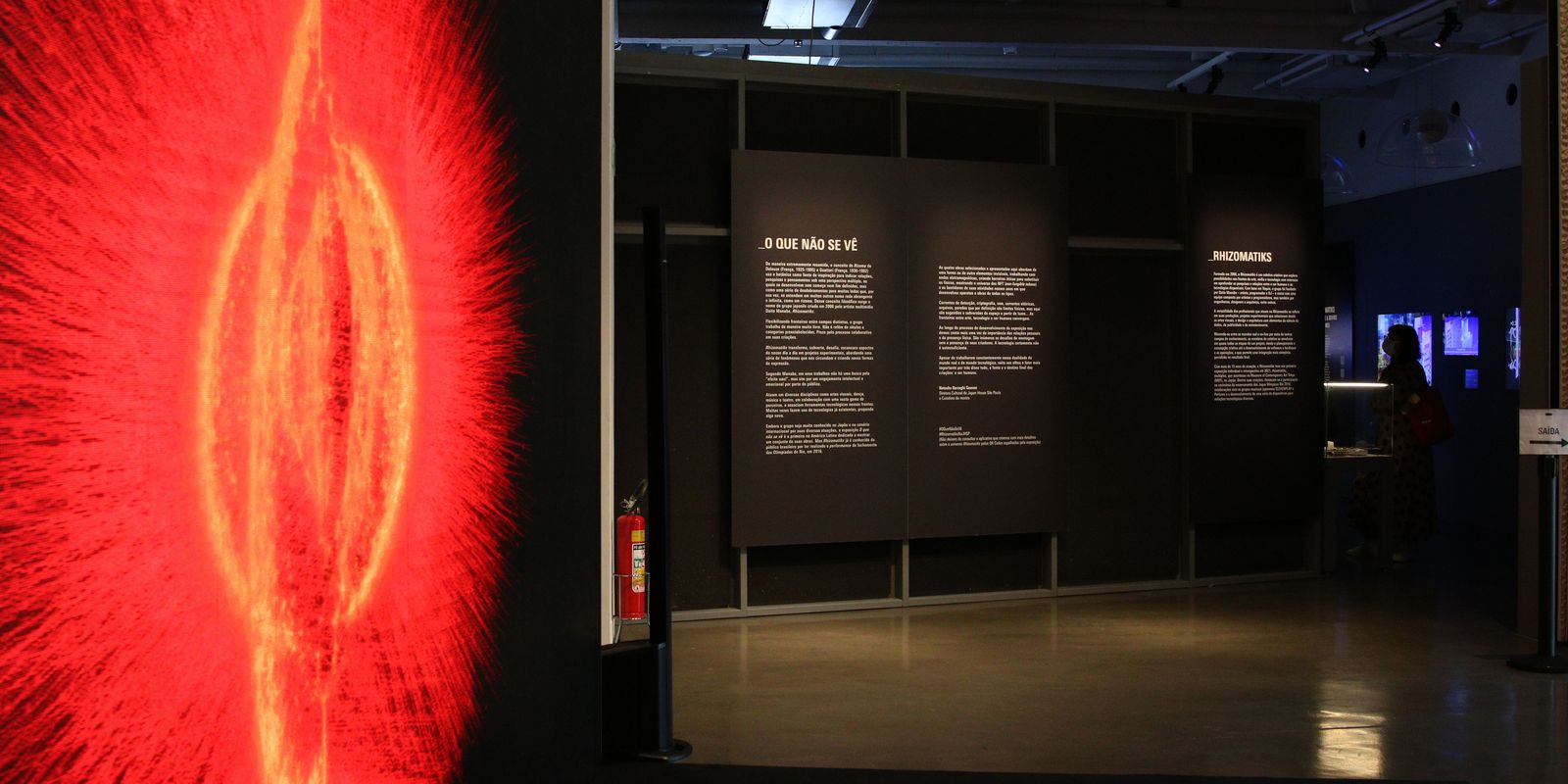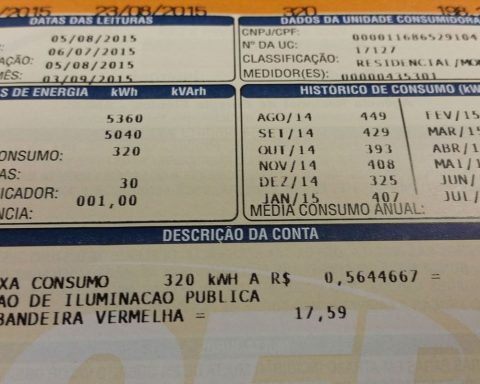In 2016, at the end of the Rio de Janeiro Olympic Games, a series of computer-generated images was projected on the Maracanã. With blue lighting, the symbols of the sports that would participate in the next Olympics, in Tokyo, were projected on the Maracanã and seemed to dance on the field. The work was developed by the Japanese collective Rhizomatiks, which will now have works exhibited at the Japan House, in São Paulo, in the first solo exhibition in Latin America.
Four works were selected by the Japan House curatorship to be part of the exhibition What You Can’t See, which opens on Tuesday (12) and can be visited until October 2. Two works are interactive, uniting what the Japanese collective has been doing with great success since 2006, when it appeared: art, media and technology.
“[O Rhizomatiks] is a group that works a lot with this logic, this duality of the real world and the virtual world”, said the cultural director of Japan House São Paulo, Natasha Barzaghi Geenen, curator of the exhibition.
All works are being presented on the ground floor of the Japan House. “It’s an attempt to show a little what fronts Rhizomatiks works on. They have a very broad and very diverse job,” said Natasha, in an interview with Brazil Agency. “The works deal, in some way, with elements that we do not see.”
The first work presented to the public is Sensing Streams 2022 – Invisible Inaudible, by Ryuichi Sakamoto and Daito Manabe, the latter, a multimedia artist responsible for creating the collective in 2006. Here, the visitor will find a large black screen, an LED panel, which projects images produced by electromagnetic waves that can be generated by the noise from cars on Avenida Paulista, or the proximity of a cell phone. The audience can also change the frequency of the wave by fiddling with an antenna installed right in front of the panel. Sounds and noise accompany the profusion of images.
“It is a work that works with electromagnetic waves and transforms these waves, which we cannot see, into image and sound. The work has a bit of interactivity, as people entering the Japan House will be able to change the frequencies with their own cell phones, which also emit waves. There is a lot of interactivity that the person is not aware of and there is a device that can be activated to change the image and frequency of images and sounds”, explained Natasha.
In the next installation, Optical Walls, the visitor enters a dark room and is faced with a fog and three objects of light hovering in the air, of the same format. The three objects rotate and project beams and lines along the walls, creating different geometric shapes. “It is an immersive work, which also addresses the issues of the invisible, in a certain way. She creates optical walls through a play of lights. It has all this logic of sensory and spatial perception”, said the curator.
The third work is gold rushor gold rushwhich presents the NFTs (acronym for token non-fungible), a kind of unique digital good or digital goods that people can obtain through cryptocurrencies. The installation highlights the sale of a digital work by the American artist Beeple, called Everydays: The First 5000 Dayswhich was sold for almost US$ 70 million in an auction held in March last year.
From there, the Rhizomatiks collective began to analyze image data commercialized by the OpenSea platform. [que negocia os NFTs] on the day the work was sold. According to the curator of the show, they managed to make a portrait of all the movements that took place in the metaverse on the day of the sale. “Then they compressed the images and turned them into film.”
The exhibition ends with the presentation of videos that show the collective’s creation process, as well as objects and devices that they use or develop for their works. “These are videos that show various works carried out over more than 15 years of activity and some of the devices they developed, such as drones and lighting devices.”
The visit to the exhibition What You Can’t See It is free and does not require an appointment. More information can be obtained at site gives Japan House, a cultural institution located on Avenida Paulista. More details about the works can also be found in a webapp created for the exhibition, accessible through a QRCode available in the exhibition room.


















